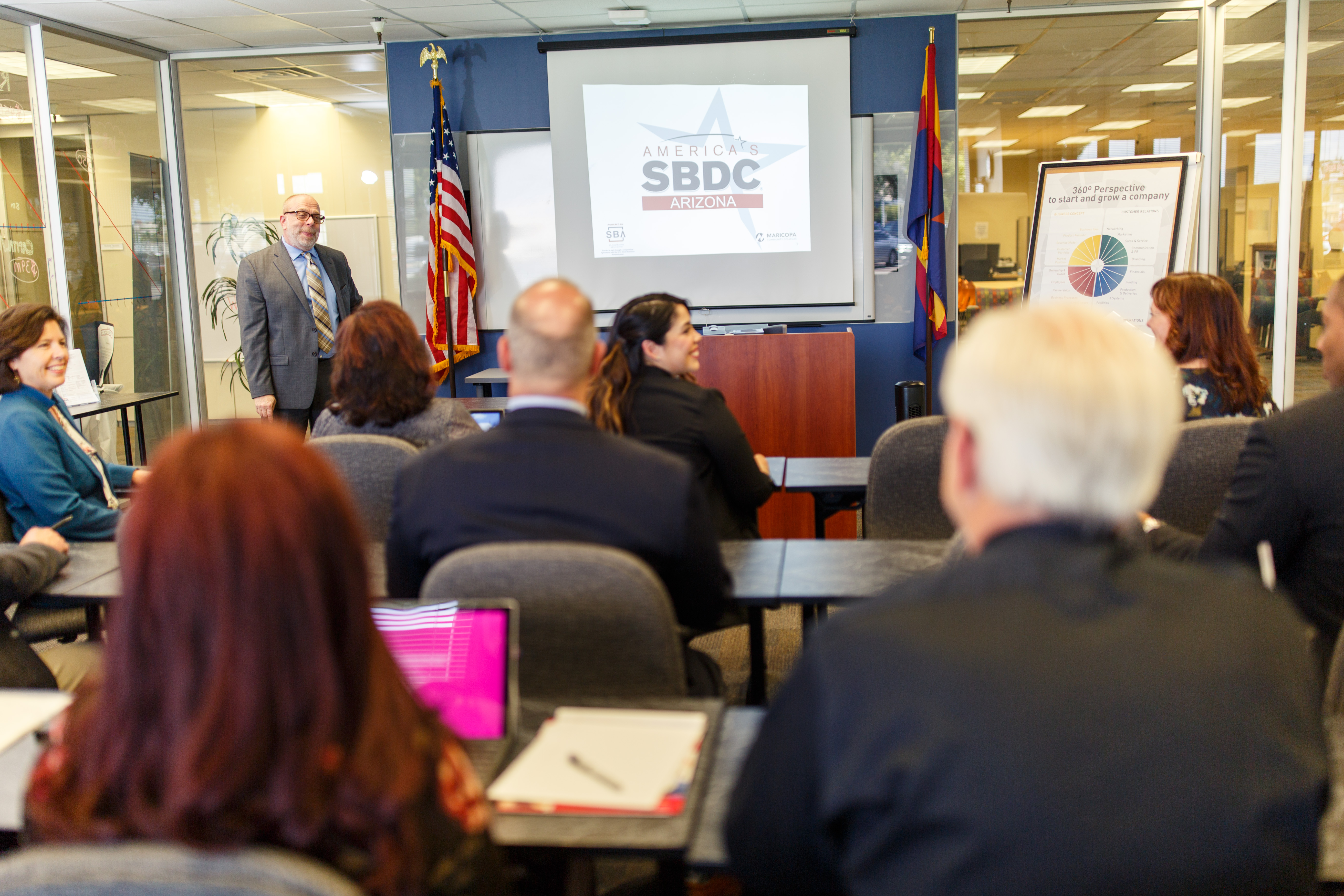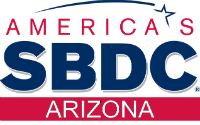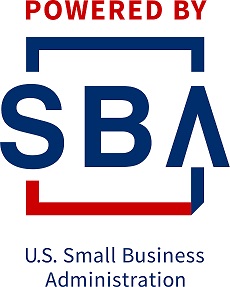by
Many buyers of small to medium sized businesses have leveraged their purchase through the Small Business Association (SBA) 7(a) loans program. This can be a great way of financing a business purchase when a 100% down payment is not possible and the amount of seller financing will not bridge the gap alone. Banks are typically happy to use the 7(a) program because they are partially guaranteed by the SBA, making conventional bank loans for a business acquisition extremely rare. The changes outlined below will go into effect on January 1, 2018…
- On loan deals with over $500,000 in goodwill, whereas the SBA used to require a 25% equity injection from a combination of buyer equity and/or seller note (on loans with less than $500,000 in goodwill the structure was 20% seller note/buyer equity), the new rule enables as low as 10% to come from the buyer and/or seller note (90% from the bank).
- However, at least 5% must come in the form of cash from the buyer.
- Any additional money needed for the equity portion that is financed by a seller note will be put on full standby for the life of the loan, not just a minimum of two years which was the old rule.
Note that these are “minimum” benchmarks set by the SBA and each lender will have their own additional rules depending on their risk tolerance, so it will be interesting to see if lenders move towards these new rules or continue requiring as much as 20-30% of the loan from buyer/seller financing equity injection.
Also, the most obvious impact on sellers will be the full standby on their carry for the life of the loan ie 10 years not 2 years (unless the loan is paid off early by the buyer), although they will be getting more cash at closing than before. This does not affect any secondary seller financing above and beyond the 5% potentially necessary for the required 10% equity injection, as these payments may be received as early as day 1.
Example Scenario: Assuming a $1,000,0000 purchase price, the bank could finance up to $900,000. Equity from the buyer would equal a minimum $50,000 cash down payment coupled with a seller note for $50,000 (on full standby for the life of the loan). The seller would still get $950,000 at close. The remaining $50,000 would have to be on full standby until the SBA loan is paid off.
If you are considering SBA 7(a) financing for a future business acquisition, or you are considering selling your business and would like to find out if your business would qualify (assuming a theoretically approved buyer) and thus make the purchase more attractive to the buyer marketplace, speak with an SBA approved lender.




